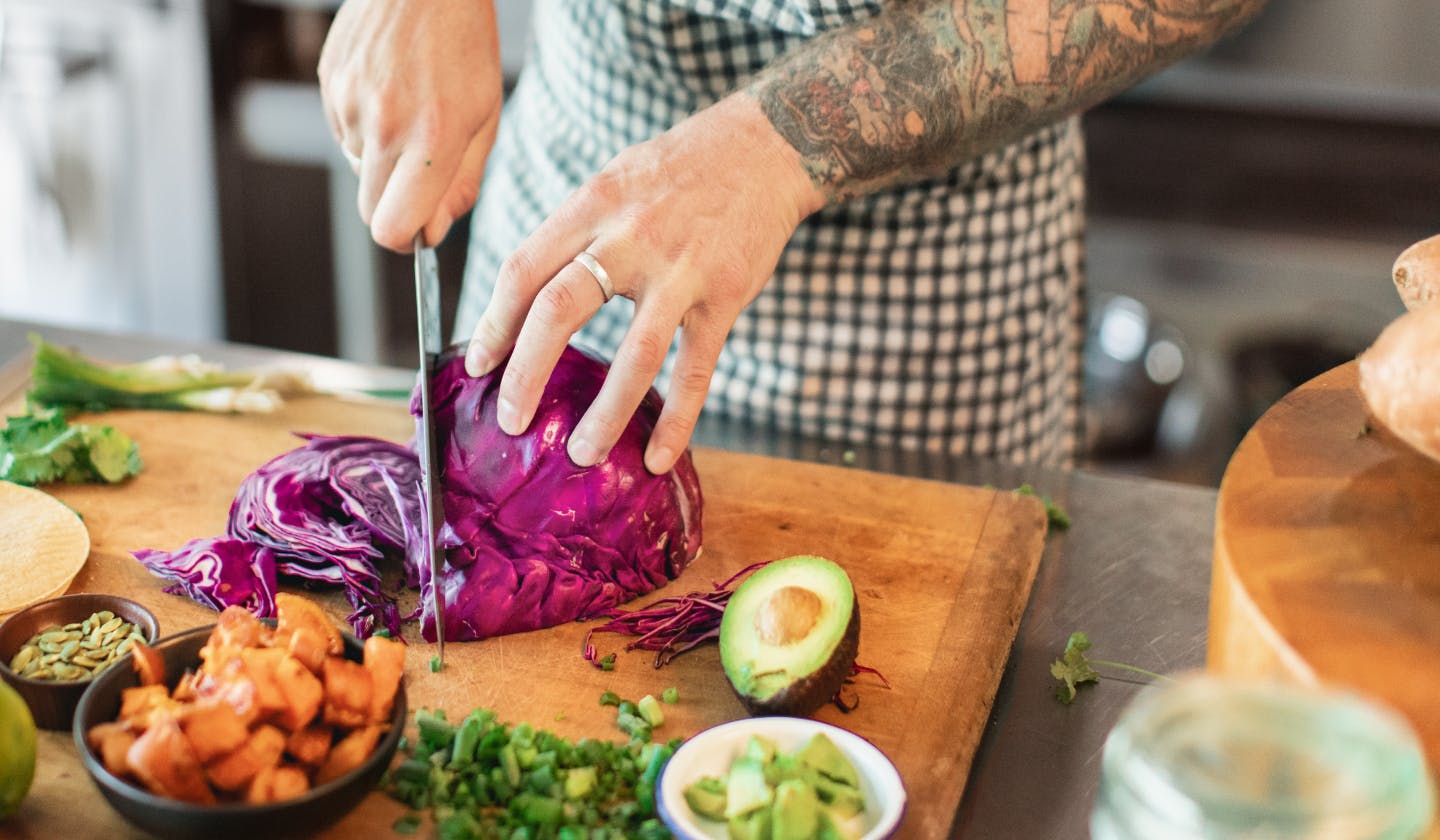Commercial Smokers
Table of Contents
- Commercial Smokers
- Examples Smokers
- Buying & Maintenance
- Ideal Restaurant Types
- FAQ
Commercial Smokers
Smokers allow restaurants to infuse authentic smoky flavor into meats, seafood, and vegetables, enhancing menu variety and culinary authenticity in BBQ restaurants, steakhouses, and specialty eateries.
Example Commercial Smokers:
Southern Pride SC-200 electric smokers excel in precise temperature control, consistent smoke infusion, and ease of operation. Cookshack's SM160 smokers are favored for reliability, affordability, and consistent results across various menu items.
Buying and Maintenance Tips:
Evaluate smoker capacity, fuel type (electric, wood, pellet), and ease of operation. Regularly clean smoking chambers, inspect smoke generators and heating elements, and ensure proper ventilation.
🍖 Commercial Smokers: Ideal Restaurant Types
- Barbecue & Southern-style Restaurants: Southern Pride SC-200 smokers infuse meats, ribs, and brisket with authentic smoky flavor, essential for BBQ menus.
- Craft Breweries & Gastropubs: Cookshack SM160 smokers enhance menu offerings with smoked meats, cheeses, and vegetables, complementing craft beers and elevated pub fare.
- Specialty Delis & Gourmet Markets: Commercial smokers allow niche establishments to offer house-smoked deli meats, fish, cheese, and other specialty items, attracting food-savvy customers.
FAQ
What commercial smoker should I use for a large-scale operation?
- Many Redditors agreed that Southern Pride and Ole Hickory are the go-to brands for commercial operations.
- “Every legit BBQ joint I’ve worked with uses Southern Pride or Ole Hickory,” one user noted. “They’re built to last, and parts are actually easy to find.”
- These models are praised for their durability, capacity, and set-it-and-forget-it style rotisserie smokers, which allow for consistent results with minimal babysitting.
What commercial smoker is better for a small shop?
- For smaller operations, Cookshack was frequently mentioned.
- “If you’re a startup or don’t need huge capacity, Cookshack makes solid electric smokers that still produce great bark,” shared another commenter.
- Users liked Cookshack for its ease of use, clean electric heat source, and reliable temperature control—making it a favorite for kitchens with limited staff or floor space.
How important is it to have replacement parts?
- Some users cautioned against buying used commercial smokers without confirming parts availability and service options.
- “Make sure you can get parts locally,” one experienced user advised. “There��’s nothing worse than being down for a week because you can’t get a replacement blower.”
DISCLAIMER: This information is provided for general informational purposes only and the content does not constitute an endorsement. CloudKitchens does not warrant the accuracy or completeness of any information, text, images/graphics, links, or other content contained within the content. We recommend that you consult with financial, legal, and business professionals for advice specific to your situation.
Questions? We're here to help.
What is a ghost kitchen?
Ghost kitchens, also known as dark kitchens or virtual kitchens, are commercial kitchens built for food delivery. They’re located within the delivery radius of a high volume of online customers, rather than high foot traffic areas. With ghost kitchens, there’s no physical storefront or dining area, so you only need a few back-of-house staff members to fulfill online orders.
How does a ghost kitchen work?
In a ghost kitchen, your restaurant is focused on delivery rather than dine-in. When eaters order your food online, you’ll prepare it from your ghost kitchen, and hand it off to a fulfillment team to get the order over to the right delivery driver. This gives restaurateurs a low cost, high efficiency model to get the most out of delivery.
Are ghost kitchens profitable?
Yes. Ghost kitchens allow restaurateurs to increase profitability by maintaining the essential elements of a restaurant while cutting costs on labor, overhead, and wasted food while reaching a higher volume of customers ordering online. Plus, you can run multiple virtual brands out of a single ghost kitchen to increase revenue without the extra overhead.
Why are ghost kitchens so popular?
Ghost kitchens are rising in popularity because they’re a lower cost alternative to operating a traditional restaurant. They’re also focused on delivery, which has grown 300% faster than dine-in since 2014. That means restaurateurs are using ghost kitchens to future-proof their business and accelerate growth.
How does a ghost kitchen help your restaurant grow?
Ghost kitchens help restaurateurs grow their business by doing delivery right. The way we dine has changed, and ghost kitchens allow restaurant operators to capture food delivery demand without sacrificing their bottom line. They’re also a great way to expand to new markets without spending time and money on a traditional restaurant buildout. You can easily expand your restaurant brand to different cities across the country such as Los Angeles or New York.
How much do ghost kitchens cost?
The cost of ghost kitchens varies by market, space, and services. Compared to a traditional restaurant, they’re a much lower cost alternative on both upfront capital and ongoing operating costs. You can get started in a ghost kitchen with as little as $30K, instead of $1M+ for brick and mortar buildout.
